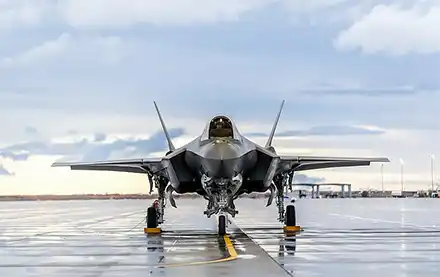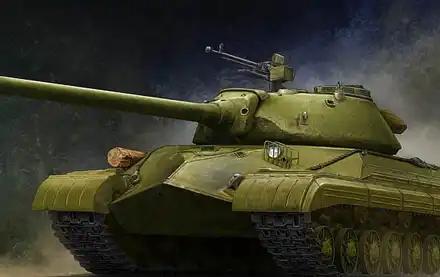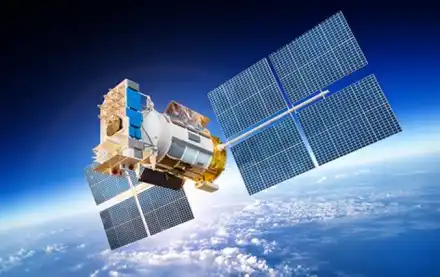




Cesare

Nearly a decade ago, the U.S. Army retired its last helicopter designed specifically for the attack reconnaissance mission – the OH-58 Kiowa Warrior. Since then, a combination of AH-64 Apache helicopters and unmanned aerial vehicles (UAVs) have filled in, performing the attack reconnaissance mission the best they could.
Unlike the Kiowa Warrior, the Future Attack Reconnaissance Aircraft (FARA), Army Aviation’s top modernization priority, is a Division, Corps and Joint Forces-level strategic asset operating deep in the battlespace.
Delivering Mission-Critical Capabilities at the Front of the Fight
Sikorsky one of two companies vying for FARA is offering RAIDER X®. The Sikorsky Raider X (stylized in all-caps as RAIDER X) (Sikorsky S-102[1]) is a compound helicopter concept with two coaxial rotors and a single pusher propeller, designed by the Sikorsky Aircraft division of Lockheed Martin for the United States Army Future Attack Reconnaissance Aircraft (FARA) program. The Raider X concept was announced in October 2019. In March 2020, the Army selected the Raider X and the Bell 360 Invictus from a field of five design concept candidates. The Raider X and 360 Invictus concepts will be built as flying prototypes for a competition scheduled for 2023.
“RAIDER X is a complete weapon system,” said Jay Macklin, Sikorsky’s director of Future Vertical Lift Business Development and a retired Army Aviator. “It provides significant reach, survivability and lethality – much more than exists with today’s enduring fleet. RAIDER X will be plugged into the network as a key part of the combined arms force, enabling the ground commander to see and shape the battlefield.”
RAIDER X is purpose-built with the Army’s Modular Open Systems Approach (MOSA) to provide leap-ahead capability and enable rapid upgrades. Its adaptability is the starting point for decades of innovation.
The Raider X, as required by FARA program specifications, is designed to use a single General Electric T901 engine. The GE T901 was developed under the Army's Improved Turbine Engine Program as the new engine for existing and future Army rotorcraft. Based on S-97 and X2 performance, Raider X is expected to have a maximum speed exceeding 250 kn (460 km/h; 290 mph) with a service ceiling greater than 9,000 feet (2,700 m).
Sikorsky considers the S-97 to be an 80% scale model of Raider X; Raider X is expected to weigh 14,000 lb (6,400 kg).[12] Swift Engineering will design and build the fuselage.
X2™ technology, the foundation of Sikorsky’s co-axial rotorcraft design, enables RAIDER X to fly faster and farther than single main rotor helicopters while carrying a significant payload. The speed, range and integrated mission systems of RAIDER X make it an especially effective and improved strategic asset in the vast expanses of the Indo-Pacific region.
X2 designs also allow for inherent growth of the weapon system compared to the limitations of single-main-rotor aircraft. All of these attributes allow RAIDER X to operate at greater ranges with superior closing speed-to-target and a high degree of situational awareness.
With its low- and high-speed manoeuvrability, RAIDER X excels in the lower-tier air domain (LTAD). It significantly extends the battle area’s boundaries by scouting, coordinating and providing feedback through the management and sustainment of Launched Effects (LE) networks at the tactical edge, providing greater flexibility for the joint force commander.
FARA is dealing with highly complex mission environments and flying below the tree line. In these high-stakes situations, humans are better suited to make connections and know what to do in real-time. The crew provides the situational awareness, dominance and ownership critical for ground-force decision-making.
“A successful mission for a RAIDER X crew involves leveraging the aircraft as a strategic asset for the ground commanders. At the forward edge of the battle, RAIDER X will deploy and control LE, develop and shape the fight, then return safely,” said Ed Fortunato, Lockheed Martin vice president and a retired Army Aviator.
“The aircraft is a critical node in the network, receiving data from satellites, other aircraft and RAIDER X’s mission systems and sensors. It’s the integrator at the tactical edge, gathering actionable situational awareness and employing joint assets.”
RAIDER X maximizes pilots’ effectiveness through fly-by-wire and autonomous systems, helping them focus on the mission.
“Sensors and networks at higher altitudes can deliver important intelligence. But combat is an extremely dynamic and volatile environment,” said Macklin. “If a sensor goes offline or the situation changes, as it inevitably does, a crewed asset can efficiently re-task other assets to deliver critical front-line intelligence and situational awareness that ground commanders are looking for from RAIDER X.”
Engine
“We're in frequent communication with both GE and obviously the army FARA programme office; those dialogues are going on continuously and all signs are pointing from the army and GE that we should receive the engine here in October,” Lemmo said.
“As soon as we receive [the engine] we will be able to immediately start the installation process in advance of ground testing and eventually flight-testing,” he said.
In anticipation of the first Raider X flight, Sikorsky has been expanding the flight envelope of the S-97 technology demonstrator, Lemmo said. The demonstrator has now flown more than 136 hours, with the latest tests focused on expanding the flight envelope at high speeds. “These critical test flights do enable us to design a lighter-weight [Raider X] aircraft, giving us more confidence in our design tools, ultimately reducing [the] risk for the army,” Lemmo said.
Sikorsky aims for a 2024 first flight of the RAIDER X
Currently, the RAIDER X prototype is said to be 98% complete, as the aircraft awaits completion of the GE T901 Improved Engine Turbine Program (ITEP). With the new engine set to be finished later this month, the first flight is scheduled to be before the fourth quarter of 2024. At the moment the RAIDER X team is waiting for the delivery of the new T901 engine and plans on immediately starting the installation process upon arrival. After integration and a successful ground testing phase, RAIDER X should soon take to the skies within a year.